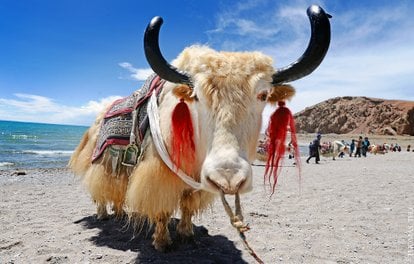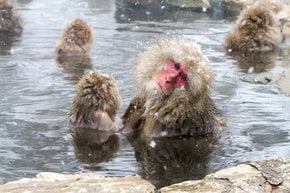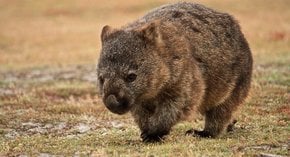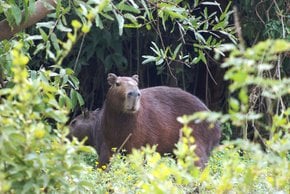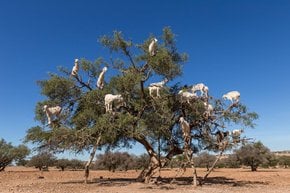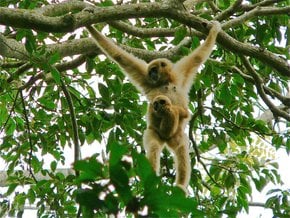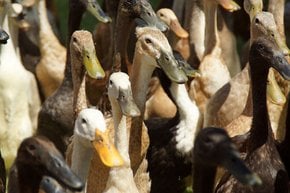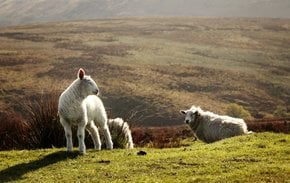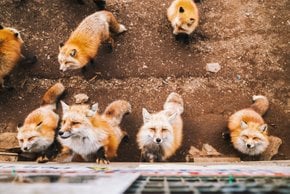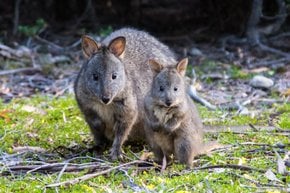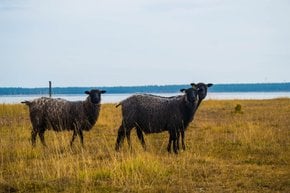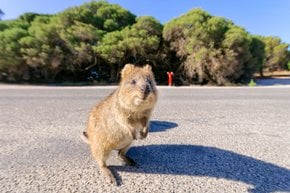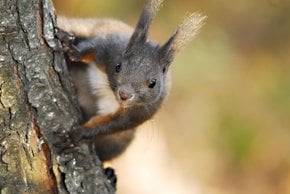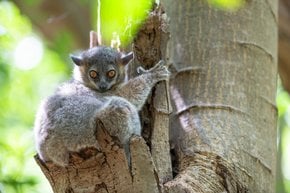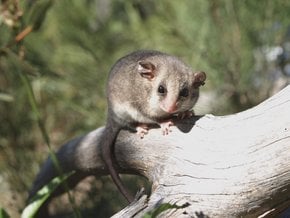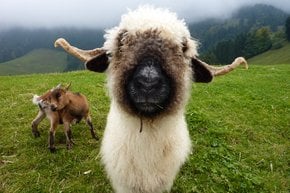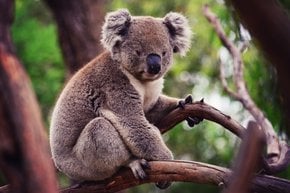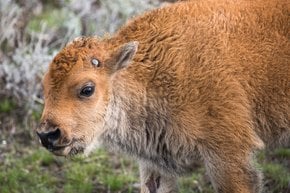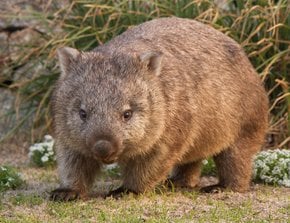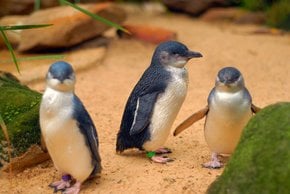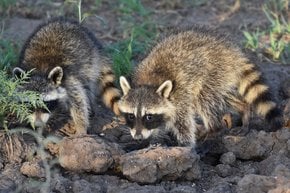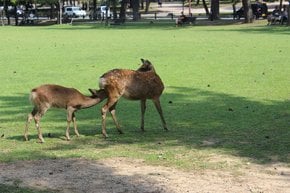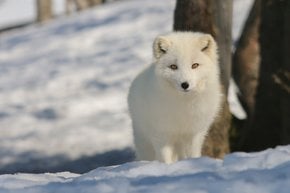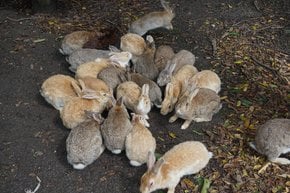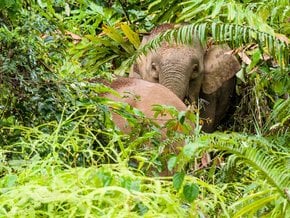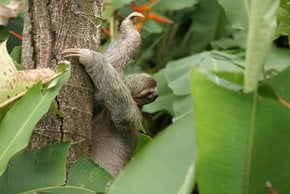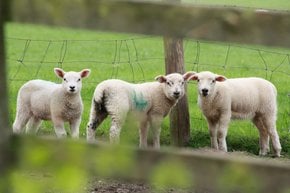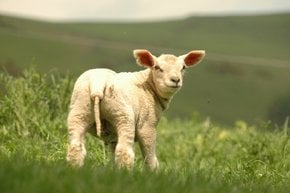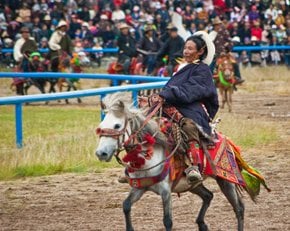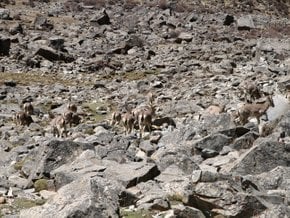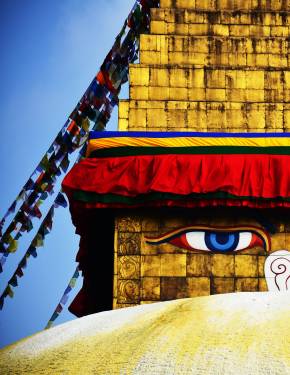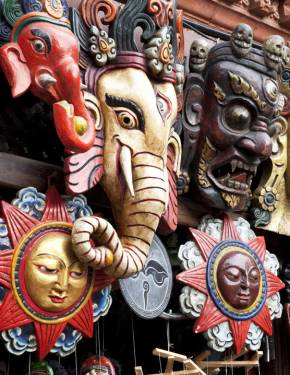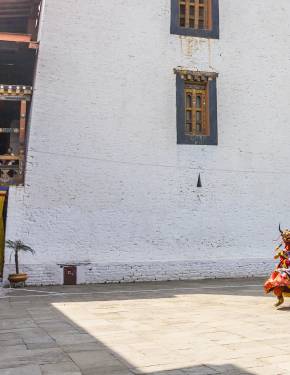Yaks in Tibet 2026
These unique animals are an essential part of Tibet's scenery. Although there are a lot of domesticated yaks, there is also a huge number of wild herds to see
Best time: May–October
Yak is a sacred animal in Tibet. Around 85% of world's yaks live here. This animal can survive at high elevations and in the hard Tibetan environment. Yaks are kind and patient, no wonder they were the first animals domesticated by the local people. They help people to transport goods and are very useful for farmers and traders. Their milk and meat are part of the local diet.
Although yaks have poor eyesight, they have an excellent sense of smell and perfect hearing. Male yaks can be from 1.75 m to 2 m tall at the shoulder and weight from 300 to 1,000 kg. Their horns are about 42 cm long and 35 cm in circumference. Yaks are mainly black, but there can also be grey and white ones.
Wild yaks are usually larger than domestic, have different colours, and a larger bushy tail. Wild yaks live on plains, hills, and mountains at an altitude of 4,000 m. That's why the best time to observe them is summer.
They avoid warm areas and during summer months migrate to higher elevations. They live in herds that can vary in size from a few to a hundred individuals. The rut season runs from July until September. During this season their unusual vocalisations can be heard. Calves are born between April and June. Their lifespan is approximately 25 years. Their only predators are wolves. But they will defend themselves and try to keep together and scare away predators.

